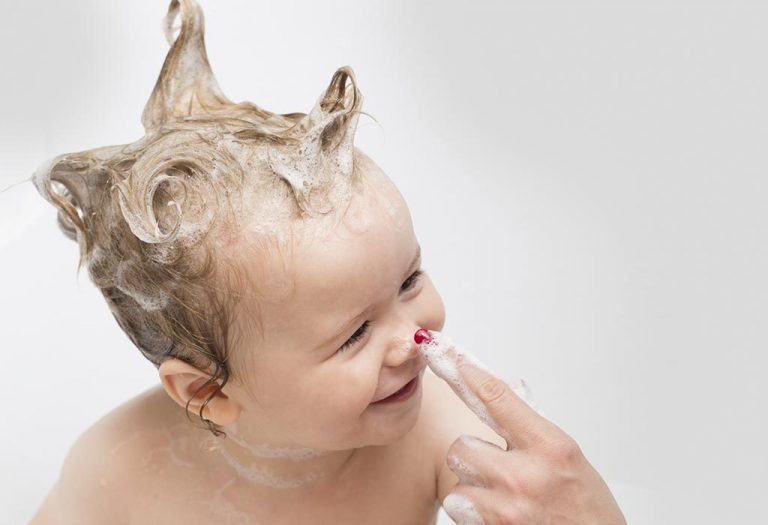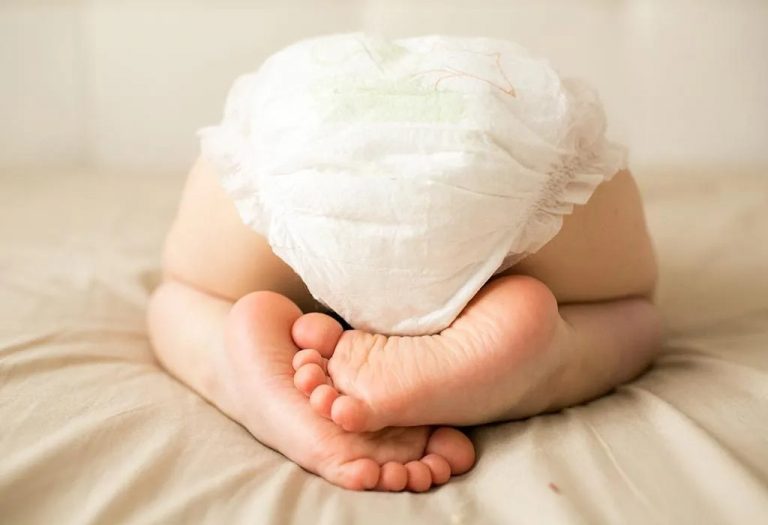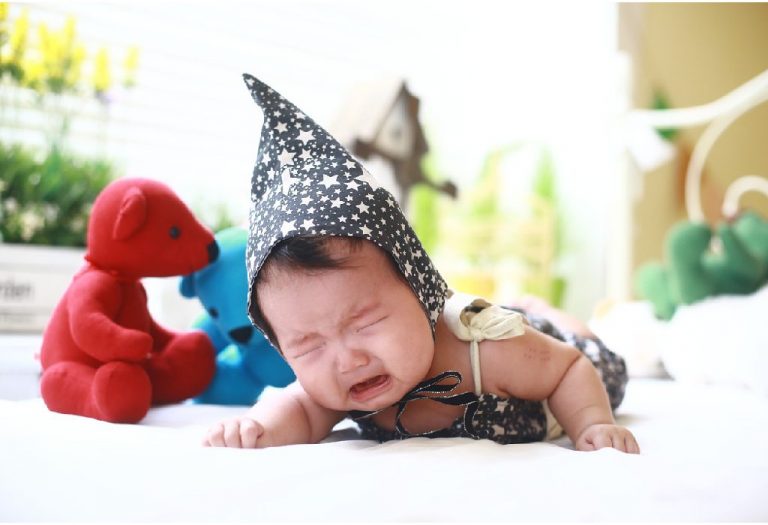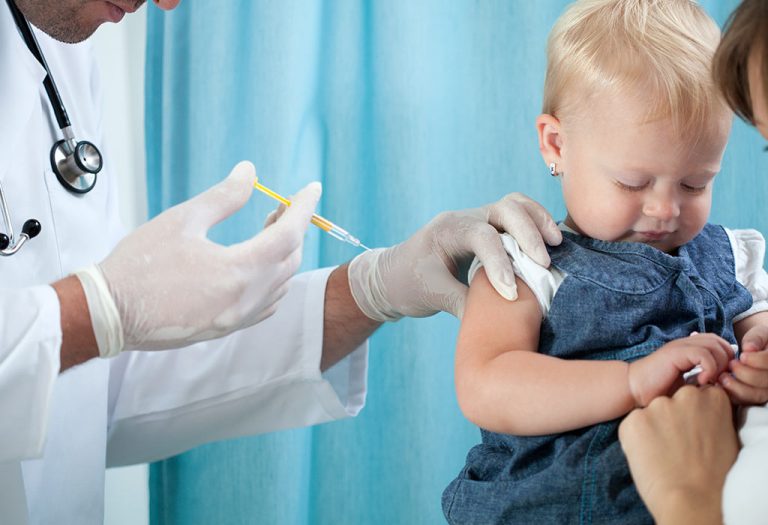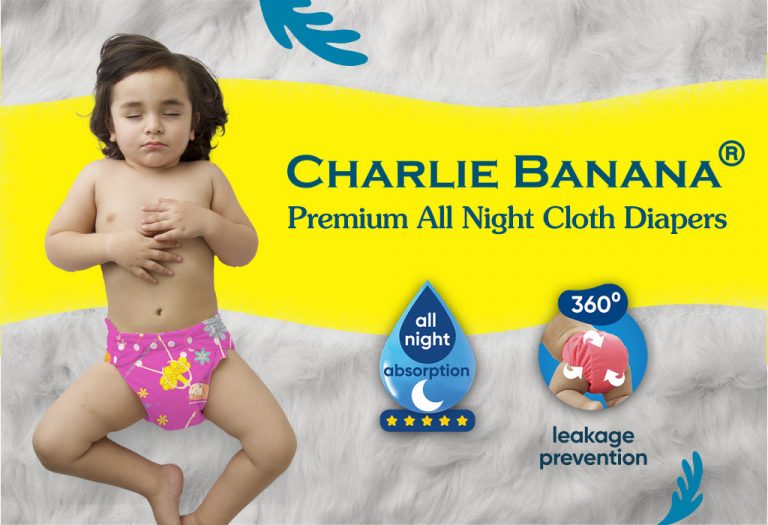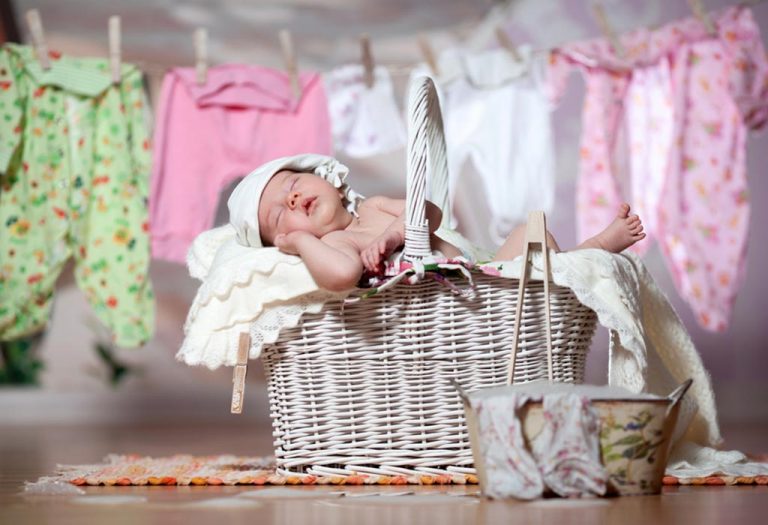Baby Hair Care – Essential Tips for Healthy Hair

Your baby may have been born with a head full of hair, or may have been born with a significantly sparse crop! Either way, you need not worry as hair grows eventually, and will keep growing for life. However, proper hair care is a must for hair to remain healthy and strong. Baby hair care is essential to ensure that your little one’s hair stays in the best possible condition. Just like other aspects of taking care of a baby, hair care is something that needs to be looked into, and we’re here to show you how. Make sure to use gentle, baby-safe products and avoid harsh chemicals.
Is Your Baby’s Hair Normal?
When it comes to newborn hair, there’s no such thing as “normal.” Babies can be born with a lot of hair, a little hair, or no hair at all, and all of these are perfectly normal. If a baby is born with thick, soft hair (called lanugo), they might lose it later. Babies born bald will start growing new, finer hair (called vellus hair) directly. Even babies with thin hair might see their hair change or fall out. These differences happen because of the various hormones and genetics they get from their mom. After birth, babies adjust to their own hormone levels, which is why their hair can change in color and texture over the next few months and even years.
How to Take Care of Your Baby’s Hair?
Here are our 12 tips to maintain a clean scalp and gorgeous locks of hair.
1. Shampooing
One of the main reasons for brittle, thin hair is a sweaty and dirty scalp. Make sure that you shampoo your baby’s hair and massage her scalp thrice a week. You can use a head-to-toe product or baby shampoo. You are not required to wash the baby’s hair every day.
2. Oil Massage
An oil massage for the entire body, including the scalp is healthy as it is good for improving blood circulation to the hair pores and also helps in getting her to sleep. In addition, it helps to moisturise the scalp and avoids the formation of dandruff. Apply sufficient amounts on your baby’s scalp and massage in a circular motion but without applying pressure. You can use natural oils such as olive oil, coconut oil, etc.
3. Dealing With Cradle Cap
Cradle cap occurs due to an overproduction of sebum, the oily substance that keeps the skin moisturised. This may sometimes look like thick yellow or white scales on the scalp. It is common and usually clears between 8–12 months of age. The best solution is to regularly wash and comb her scalp to keep it clean. Avoid usage of talcum powder on the head during this time.
4. Combing
Combing stimulates the porous openings of the scalp and helps in healthy sebum production. Make sure to be gentle while combing as a baby’s scalp is sensitive. Use a large tooth, soft-bristled comb. Do not comb ‘a hundred times’ or unusually many times a day. Just once or twice a day is sufficient.
5. Moisturiser
If your baby is bald, make sure to use moisturiser as it keeps the scalp soft, smooth and moisturised. This helps avoid dandruff that is caused by dryness.
6. Trim Hair
One of the best ways to maintain healthy hair is by regularly trimming ends. This prevents split ends and dryness related issues. Also, it helps if you could keep it a short length from a comfort point of view.
7. Shaved Head
A shortcut method for taking care of hair is by removing it from the equation completely. This can be a time-saver if you are a working mom and every minute counts.
8. Choose the Right Product
Do not use any product meant for adults as they can be harsh on your baby’s skin. Baby products are specially designed, keeping their skin’s sensitivity in mind. Buy only tearless shampoos as they do not cause any harm even if it trickles down to her eyes.
9. Extra Care for Long Hair
If you decide to let your baby’s hair grow, you need to be vigilant. Baby hair needs to be trimmed, oiled and kept clean. Do not leave the oil on your baby ‘s hair for a long time as this would attract dirt and dust. Also, avoid tight hairbands or tight clipping of the hair as your baby may not able to communicate any discomfort that she may experience.
10. Tangled Hair
This is a common problem that is experienced with babies who have long hair. A good way to keep her hair untangled is by using a baby-friendly conditioner. Also, regularly comb their hair gently without too much force.
11. Protect From Sun and Wind
Babies have sensitive skin, including their scalp. Exposure to direct sunlight can lead to sunburn on the scalp, which may cause discomfort and peeling. Using a lightweight hat or a hood when outdoors helps shield their scalp from harmful UV rays and also protects against wind, which can dry out the scalp and hair follicles.
12. Avoid Heat Styling
Heat styling tools like hair dryers, curling irons, and flat irons can be damaging to a baby’s delicate hair and scalp. The heat can strip moisture from the hair, making it brittle and prone to breakage. It’s best to allow your baby’s hair to air dry naturally after a bath or gentle pat drying with a soft towel. Avoiding heat styling also reduces the risk of accidentally burning their sensitive skin.
FAQs
1. Why does my baby have hair in unusual places, like their ears or forehead?
It’s normal for babies to have fine, soft hair (vellus hair) in unexpected places, such as ears, forehead, or even shoulders. This hair typically fades as the baby grows older and isn’t a cause for concern.
2. Can I use adult hair products on my baby’s hair?
No, it’s best to use products specifically formulated for babies. When it comes to how to care for your baby’s curly hair, avoid adult hair products, as they may contain harsh chemicals that can irritate your baby’s sensitive scalp and skin.
3. Should I worry if my baby’s hair is growing unevenly or in patches?
Uneven hair growth in babies is common and usually resolves on its own as they grow. Avoid pulling or tugging on the hair, as this can damage delicate follicles.
4. Is it normal for my baby to lose hair in the first few months?
Yes, it’s normal for babies to shed some of their initial hair, especially if they were born with thick lanugo. This shedding often occurs within the first few months and is replaced by permanent hair growth.
This was all about hair care for newborns. Taking care of your baby’s hair is not rocket science. If anything, it is easier than taking care of adult hair as hair loss and hair damage is not a problem at such a young age. The only major issue you need to look out for is cradle cap which can be effectively dealt through regular brushing.
References/Resources:
1. Romero-Gonzalez. B, Caparros-Gonzalez. R, Gonzalez-Perez. R, Delgado-Puertas. P, et. al.; Newborn infants’ hair cortisol levels reflect chronic maternal stress during pregnancy (PLoS One); National Library of Medicine; https://www.ncbi.nlm.nih.gov/pmc/articles/PMC6034834/; July 2018
2. Sahoo. S, Singh. A; A study on traditional practice of head-shaving in newborn care among mothers in a tertiary care centre in Malda, West Bengal, India (International Journal of Community Medicine and Public Health); ResearchGate; https://www.researchgate.net/publication/339549274_A_study_on_traditional_practice_of_head-shaving_in_newborn_care_among_mothers_in_a_tertiary_care_centre_in_Malda_West_Bengal_India; February 2020
3. Grubbs. H, Nassereddin. A, Morrison. M; Embryology, Hair; National Library of Medicine; https://www.ncbi.nlm.nih.gov/books/NBK534794/
4. Bathing Your Baby; American Academy of Pediatrics; https://www.healthychildren.org/English/ages-stages/baby/bathing-skin-care/Pages/Bathing-Your-Newborn.aspx
5. Branicki. W, Liu. F, Duijn. K, Draus-Barini. J, et. al.; Model-based prediction of human hair color using DNA variants (Human Genetics); National Library of Medicine; https://www.ncbi.nlm.nih.gov/pmc/articles/PMC3057002/; January 2011
6. Baby bath basics: A parent’s guide; Mayo Clinic; https://www.mayoclinic.org/healthy-lifestyle/infant-and-toddler-health/in-depth/healthy-baby/art-20044438
Also Read:
Hair Loss in Babies
Baby Hair Tourniquet
Home Remedies for Baby Hair Removal
Shaving a Baby’s Hair To Make It Thicker
Was This Article Helpful?
Parenting is a huge responsibility, for you as a caregiver, but also for us as a parenting content platform. We understand that and take our responsibility of creating credible content seriously. FirstCry Parenting articles are written and published only after extensive research using factually sound references to deliver quality content that is accurate, validated by experts, and completely reliable. To understand how we go about creating content that is credible, read our editorial policy here.






